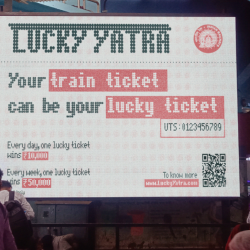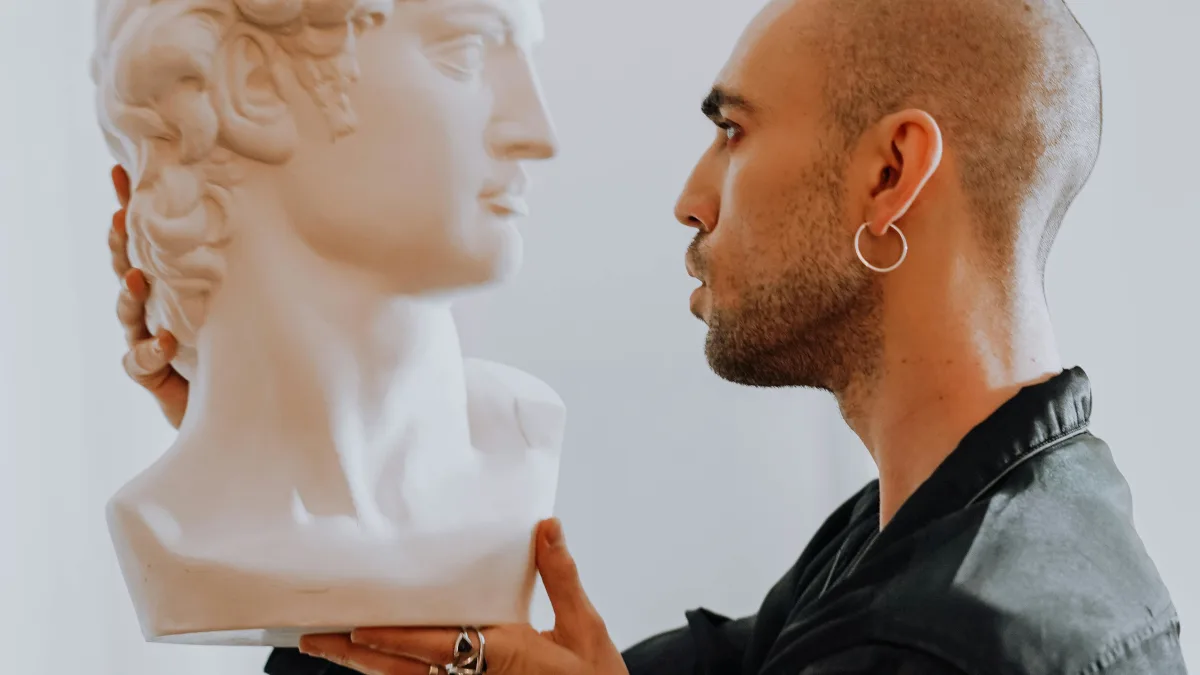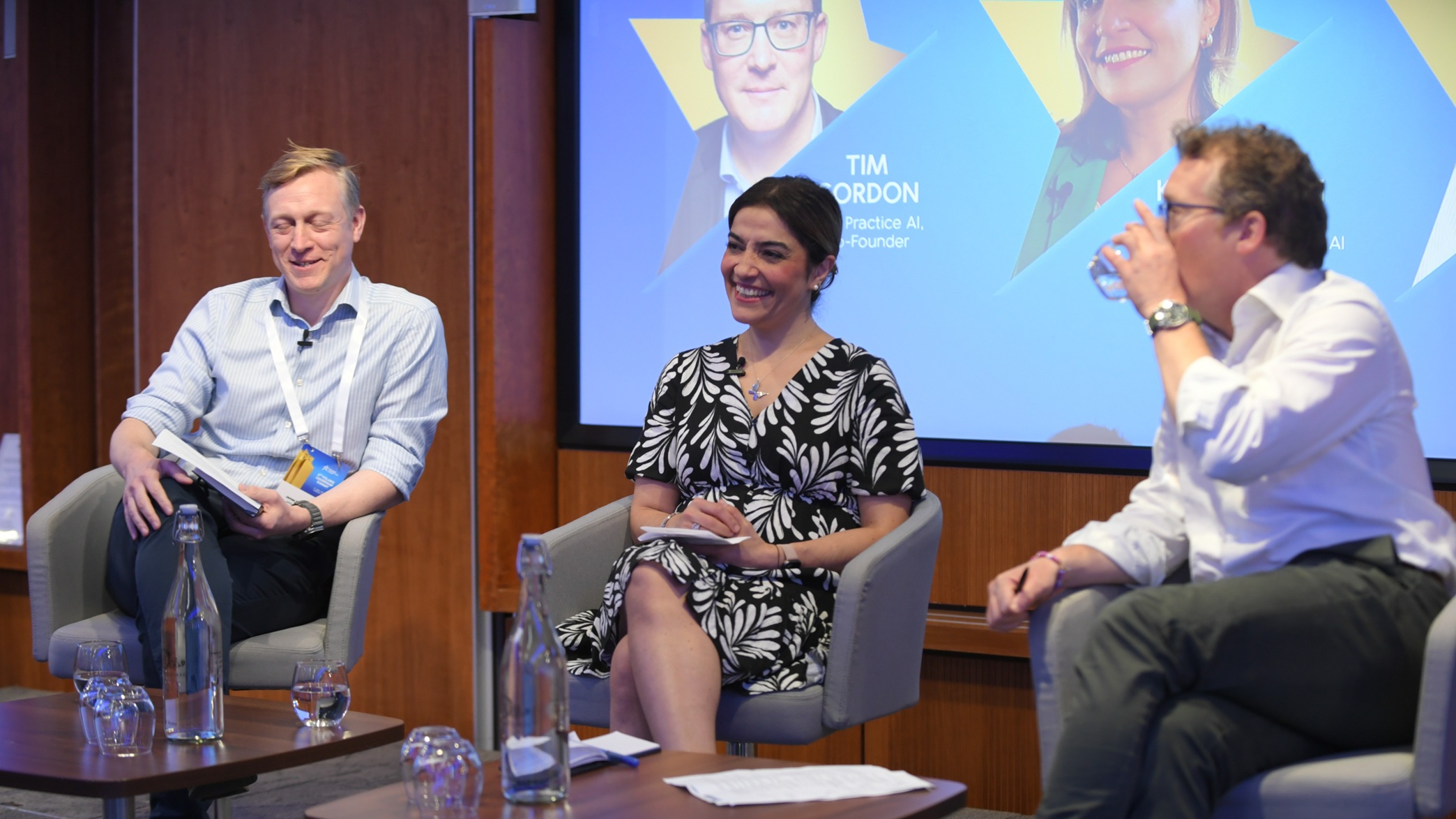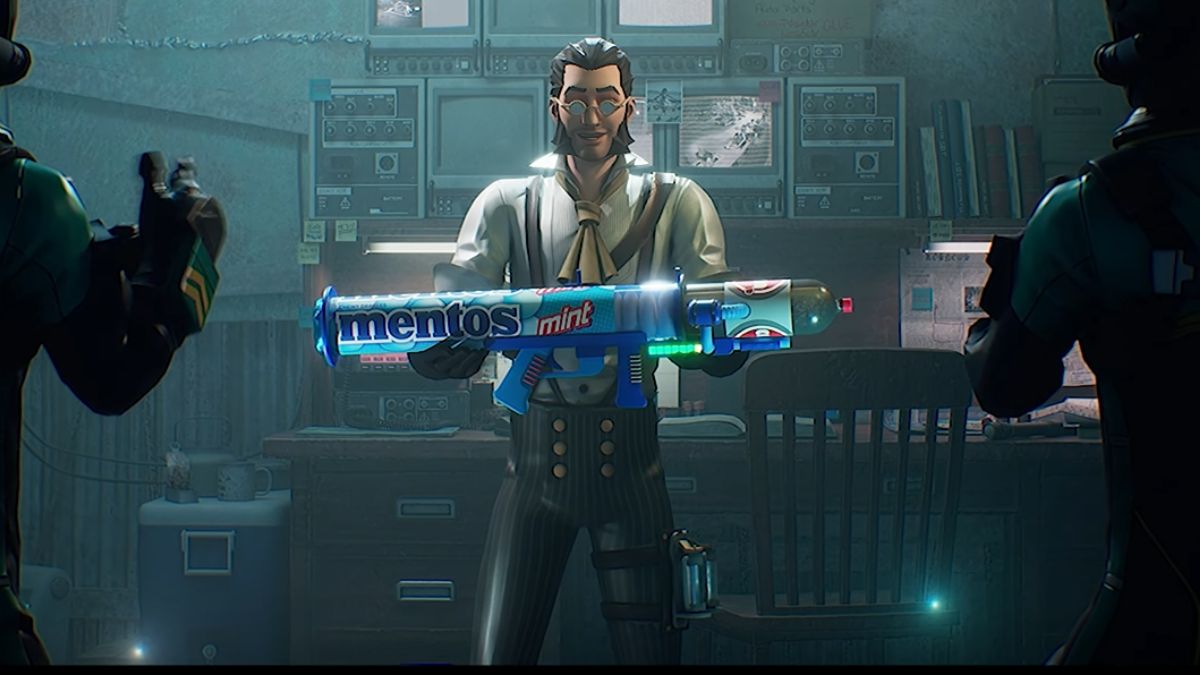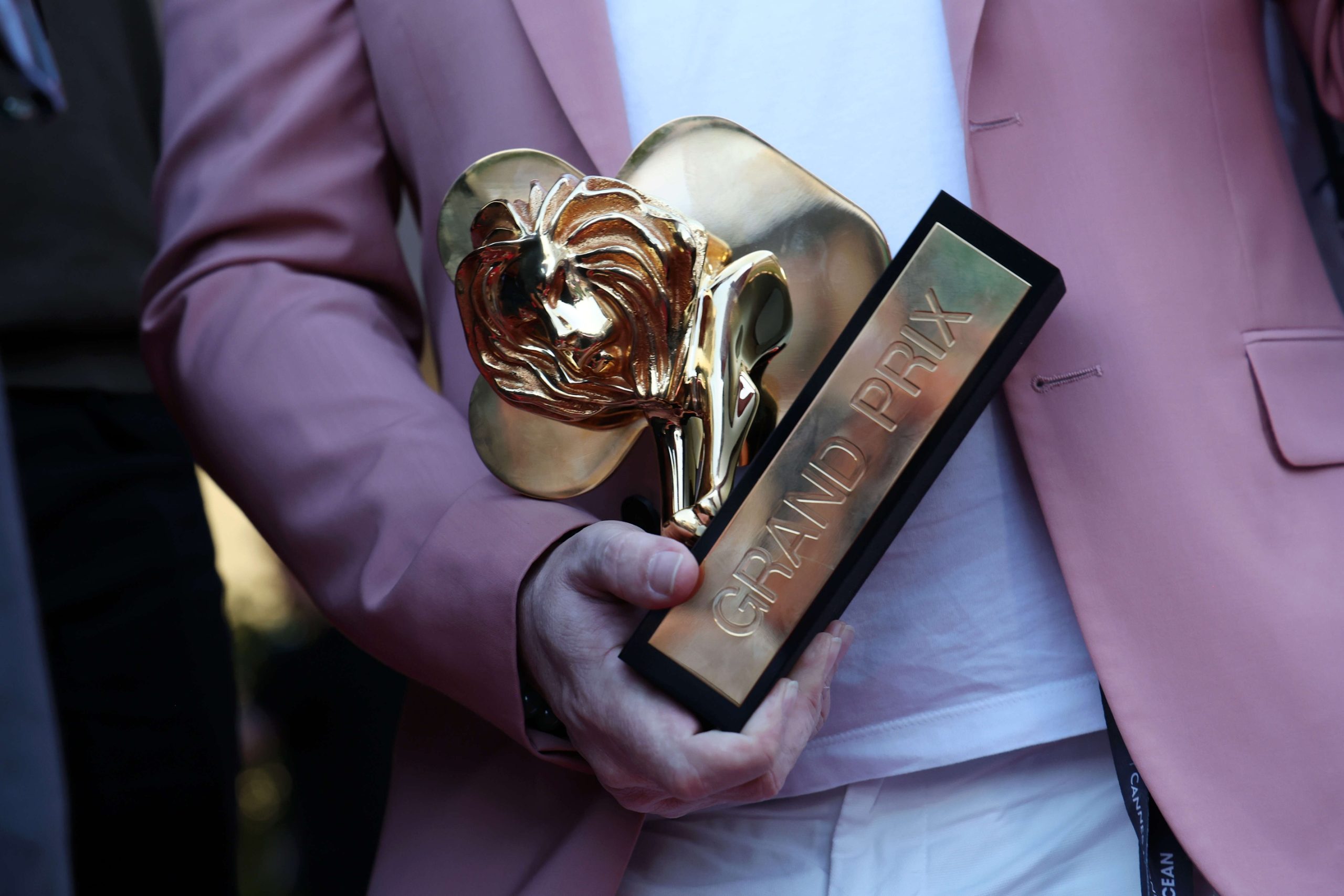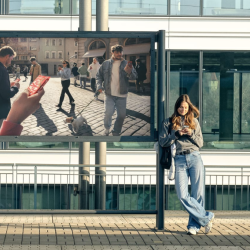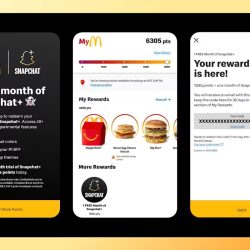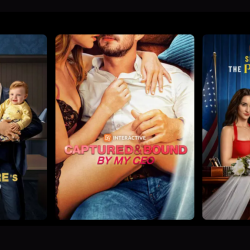The dynamic between fans and their idols has been shifting over the past decade — and while high profile individuals like celebrities, musicians, artists and even fictional characters still hold a lot of sway over cultural narratives, new technologies and methods of engagement are increasingly handing a large chunk of this power over to the fans.
Back in the 20th century, fandom was predominantly driven by the explosion of mass media — including film, television and comics. Media figures and their publicists had a significant impact on shaping cultural narratives, weaving personalities and fictional characters into the fabric of society’s collective imagination.
These icons effectively served as mirrors, reflecting consumers’ aspirations, fears and desires — they offered a lens through which we could explore the complexities of human experience and left an indelible mark on the way people perceived themselves and the world around them.
With the advent of the web (and then social media) the landscape completely changed, with platforms like Instagram, Twitter and TikTok providing a direct line of communication between fans and their idols, and even generating new types of fandom thanks to influencer culture. This unprecedented level of access fostered a sense of closeness, breaking down traditional barriers between creators and consumers. The once-distant realm of celebrity was suddenly just a click away, allowing fans to feel like active participants in a shared narrative.
But in reality, idols still held the majority of the power. They were still feeding fans content of their choosing, and engaging in exchanges on their terms with only a select few.
Fast forward to today, and the onset of AI and spatial computing is making that fan-idol connection even more instant, open — and seemingly reciprocal
Artificial intelligence is empowering fans to shape and create dynamic, personalised storylines and adventures with their idols, all experienced in real time – from ‘one-on-one’ conversations enabled by large language model apps such as character.ai, to generative fan art created using tools such as Midjourney. FWA Twigs is one of the first major stars to get on board, announcing she has created an AI deepfake of herself specifically intended to serve fan interaction, while crucially allowing her to grant or refuse consent.
In a more tangible way, spatial computing — the integration of virtual content into our physical world — is allowing fans to actively embody or interact with their idols in a shared space through mixed reality. Whether it’s an easily accessible TikTok filter like this one for Mariah Carey’s ‘lambs’ (below), or an immersive game such as La Liga’s Beat Challenge that allows fans to get up close and personal with their favourite football stars, spatial is narrowing the gap even further between the two groups.
Thanks to these emerging technologies, fans can now actively create and participate in moments with virtual impersonations of their idols. I like to call these impersonations ‘para-idols’ — para, because of course the real person behind the media personality isn’t actually involved in these interactions. This paradigm of parasocial relationships is at the heart of a new era of engagement between consumers and the icons they love.
The dynamic interplay first brought about by the web and social, then evolved by AI and spatial computing, has not only democratised fandom, but has also blurred the lines between reality and fiction, giving rise to more interconnected and personally resonant relationships between fans and the characters that define the cultural landscape.
For the first time, consumers have a degree of control over when and how they interact with their idols
… and there’s an opportunity here for brands to enhance those relationships, whether it’s a sports club wanting to bridge the gap between players and their fans, a music label keen to make their latest star more relatable, or an IP owner looking for new ways to bring their characters to life.
Of course, there’s a fine line to tread here between encouraging parasocial relationships that inspire and excite, versus those which fan the flame of obsession and exploitation. In this fan-driven future, brands need to find the right approach if they are to successfully navigate these new bonds between their audience and their talent.
But if boundaries are set and risks mitigated, this can be an incredibly exciting opportunity for fans to experience their favourite personalities and fictional characters as part of their immediate reality. So despite a shifting of power, there’s still a hugely important role for brands and idols to play in ensuring the next generation of fan-idol experiences are properly executed. It’s time to prepare for a new era.
Featured image: cottonbro studio / Pexels
